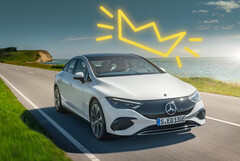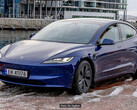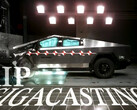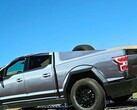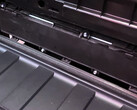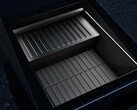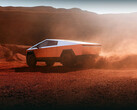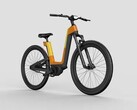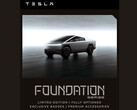Amid complaints about Tesla allegedly misleading its customers with in-vehicle range estimates and subsequently trying to sweep those complaints under the rug, a recent real-world range test conducted by Consumer Reports has revealed more damning evidence.
The Consumer Reports Real-World EV Range Test was conducted to determine which EVs meet range expectations based on EPA estimates and which fail to deliver promised miles. The company tested 22 EVs from Audi, BMW, Ford, Genesis, Hyundai, Kia, Lexus, Mercedes-Benz, Nissan, Rivian, Subaru, Tesla, and Volkswagen, and found nearly half wanting.
Consumer Reports tested the EVs at highway speeds, where range is most likely to matter. Almost nobody is going to be driving 300 miles (482.8 km) in a day at 30 mph (48.28 km/h), but road-trippers often spend long days behind the wheel on highways at highway speeds.
Tesla's 2021 Model S Long Range counts itself among those that missed EPA range estimates, coming short of the 405-mile estimate by 39 miles (62.76 km) — 366 miles (589.02 km) real-world range compared to an EPA estimate of 405 miles (651.78 km) — or 9.6%.
Other high-profile include the Lucid Air Touring, falling short of its 384-mile EPA rating by 40 miles (64.37 km) or 10.4%, and the Ford F-150 Lighting, which misses its 320-mile range estimate by 50 miles (80.47 km), 15.6%, making it the biggest offender in the test.
On the flip-side of the coin, Ford's own Mustang Mach-E Premium AWD Extended Range manages to exceed the 270-mile EPA estimate by 29 miles (46.67 km). BMW's i4 M50 and iX xDrive50 managed 47 miles (75.64 km), or 17.3%, and 46 miles (74.03 km), or 13.3%, more than their EPA estimates, respectively. These results put BMW's electric sedan within spitting distance of the Tesla Model S Long Range, with 318 miles (511.77 km) of real-world range to the Tesla's 366 miles (589.02 km). The BMW iX SUV actually surpasses the Tesla Model S Long Range, scoring a total of 370 miles (595.46 km) in the real-world test.
Likewise, the quad-motor Rivian R1T, likely the least efficient vehicle in the test suite, thanks to its massive battery pack and pickup truck body, beat its EPA rating by 20 miles (32.19 km), scoring 334 miles (537.52 km) of range in the real-world test.
The test's stand-out, though, was the Mercedes-Benz EQE 350 4Matic, which managed to go a whopping 72 miles (115.87 km) further than its EPA claims, with the electric sedan delivering 27.7% more range than promised.
With range being such a strong marketing point for electric car companies, it's important to have real-world tests like these to give buyers an indication of how EVs compare outside the lab.
In the past, similar EV highway range tests have shown other Tesla EVs to fall behind their EPA range numbers by as much as 12%, although when it comes to winter driving, Tesla's battery conditioning




